Dear friends and partners:
“Stop!” yelled Caryl from the passenger seat as we bumped down our driveway in the gathering dark. I slammed on the brakes, and as I did a shape fluttered in my headlights and flew into the darkness.
“I thought it was a rock!” I said.
I had forgotten. The youngsters were out.
Young nighthawks. They look like a fist-sized rock, and as dusk turns to dark they will settle on open places. And because they are young, they simply hunker down as the vehicle approaches, then fly up at the last second, sometimes too late.
****************
It’s five thirty AM, and as usual, I awake at first hint of light. I’m still in my bedroll in the cow camp we call Beaver Camp. It’s the sound of the nighthawks that wakes me. As soon as the sun breaks the horizon, they will retire to the non-descript ground beneath the sage that they call home.
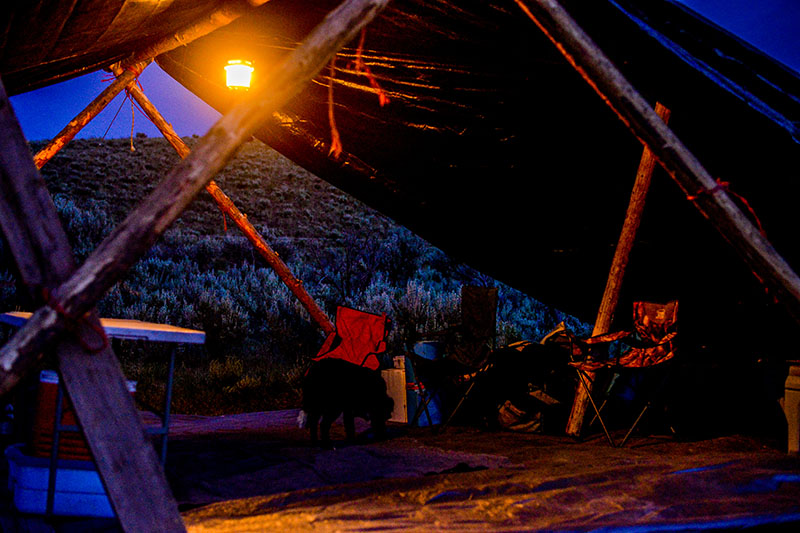
Their constant call is a loud repetitive “peent,” kind of like a deep kid’s whistle that’s full of spit. But it is the truck sound that is a little disturbing and distinctive. Most commonly done as a courtship display, but also to establish territory, the male nighthawk will nosedive straight down to earth, and pull up at the last seeming second. During the pull-up, the air rushing through the wing feathers creates a loud sound like a whooshing truck that stops abruptly as the bird pulls out of the dive.
I’ve developed a special love for these birds of the night. With their banded wings, they remind me of a 1940s fighter aircraft as they dart and dive in the airs of dusk and dawn. They are not nocturnal. They hunt in half-light between night and day, swooping in an erratic moth-like pattern at up to 35 miles per hour. Their command of these breezy haunts benefits the rest of us who share this place with them; they fly with their mouths open, filling it with insects. They technically don’t eat them. At those speeds insects go straight into the bird’s stomach and die from contact with stomach acids. And the more mosquitoes or deerflies they fill their bellies with, the happier human, horse, and bovine are.
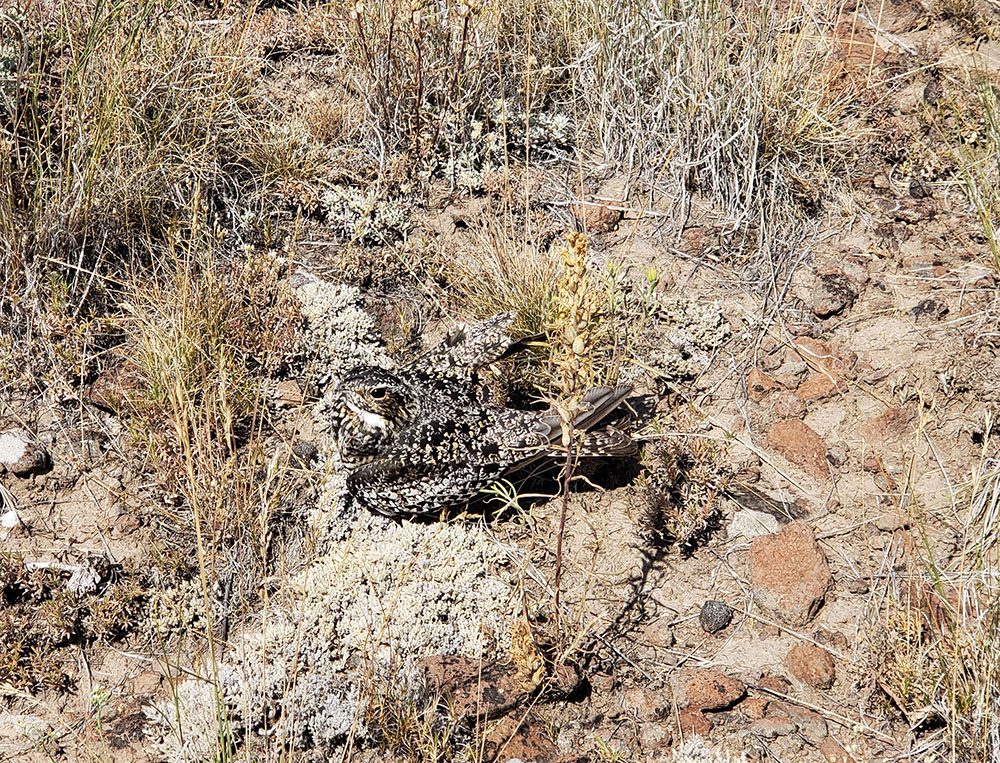
I wonder if the horses we ride know, or the cows we command care. Perhaps not, but I know they are familiar with the sound of the nighthawk because they live outside. Cows and horses on Alderspring never see the inside of a barn. They live out–always.
And so, my Sunny mare, the young quarter horse, doesn’t at all startle when the nighthawk bursts from nest. They are substantial birds, and their wings fairly explode with intentional diversionary fury when they appear from the nowhere that is the gravely substrate where they make their nest, but Sunny is unfazed.
“Make their nest” is used loosely here, as the nest is an almost imperceptible indentation in the desert dirt, a few pebbles cast aside for eggs. The clutch of speckled spheroids is nearly invisible.
As is their mother. She is the queen of cryptic coloration. Like all the birds classified as nightjars, they are virtually invisible in their roosts, whether it be in tree, turf or desert dirt. I’ve nearly stepped on these nocturnal birds countless times on foot or horseback as they roost on the ground in sagebrush shade in broad daylight, silent and motionless, waiting for dusk for when they can unfurl their striking banded wings and take command of the air.
Get close enough, and the nesting mother will burst from the ground and fall back to earth a short distance away, wings feigning broken and busted, barely able to get around. A fox or coyote may think she could be a tasty morsel, but upon closer approach, the nighthawk hen will commence a rattlesnake like hissing and fully inflate her neck in a fury display.
It’s even a little intimidating to my Sunny mare. She takes a few steps backward. And then, hen takes flight and begins strafing us like a fighter plane. “Move on!” she says.
And we do.
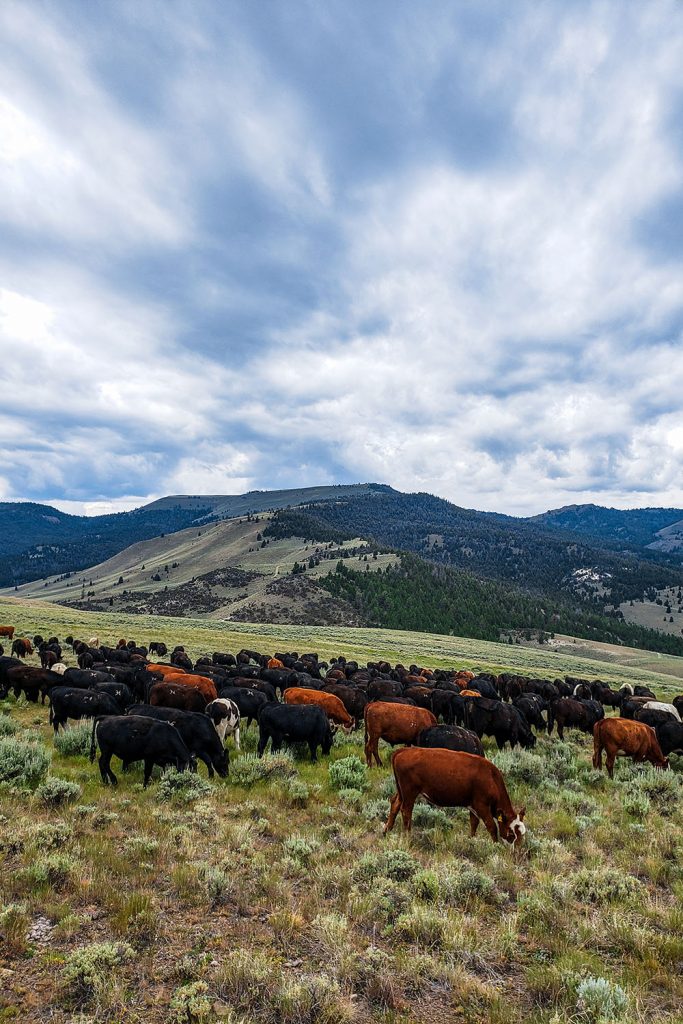
I watch her dive bomb us and the cows a few more times, and then, amazingly, in a sea of sage that to me looks all the same, she finds the same little pebbles on bare ground that cradle her clutch.
And so, nighthawk Next Gen is safe. Until they fledge. Then, the stupid young teenage acting birds (half brain but they think full) will roost at night after some of their early insect devouring flights (“man, I can fly fast!”) in the middle of the nearest road.
And I spot them in my dirt bike headlights, coming home midnightish after leaving a stint in cow camp. In my conscious part of brain, I see rock, or lump of broken sagebrush. But from deep within my mind comes a gentle nudge: ‘go around it.’ Somehow, I know–nighthawk–and I do.
They usually flush as I go by. Occasionally, the same one will fly ahead and roost, again and again, for miles, until finally they get wise and flit off into the sage.
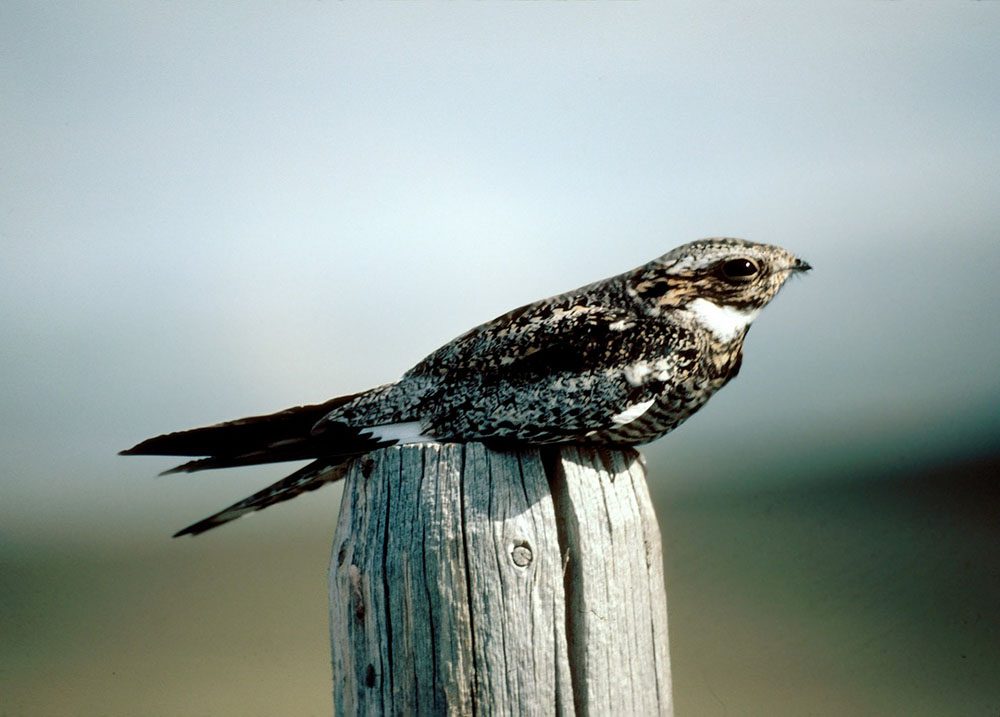
But I see a fair number of dead ones on the paved roads. Kenworth cares not, and Peterbilt plows on.
But I do care. And I think it’s because when I see them, I know all is right with this part of the world. The nighthawk is found nationwide, but has declined 61% between 1966 and 2014, according to the North American Breeding Bird Survey. Much of the loss is blamed on insecticides, which reduces the bird’s food source, as well as loss of safe roosting and nesting habitat.
Other agricultural chemicals have been implicated as well. The American Bird Conservancy: “In early 2016, we joined with beekeepers, farmers, and public interest groups in filing a lawsuit alleging insufficient federal regulation of neonicotinoids, an insecticide widely used as a seed coating. A 2013 study by ABC found that these “neonics” are toxic to birds and invertebrates, even in small quantities, and that they persist in soils for months and even years.” This lawsuit was, in part, due to the dramatic decline in the common nighthawk.
It’s why we support all forms of organic agriculture and try to eat organic in our household as much as possible. We also do our small part to encourage more grass-based agriculture. Replacing soy and corn with pasture, either permanently or as part of a rotation, can reduce the need for pesticides. Beyond Burger and Impossible Burger, made of annual crops such as soy, peas and canola, are no friend of the nighthawk.
So look for the nighthawk. Even if you live in a city a good-sized park should have some. And drive safe. What may seem like a small rock to straddle may instead be the teenage form of the denizen of the dark.
Happy Trails.
Below is a quick video Anthony took of the nighthawk he saw the other day:

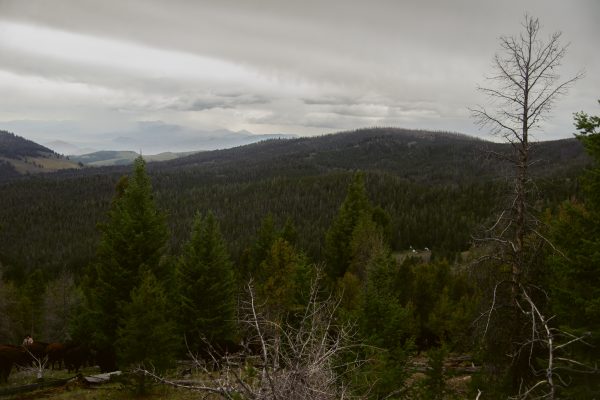





Perrine Anderson
Nice story about the night hawk, thanks !